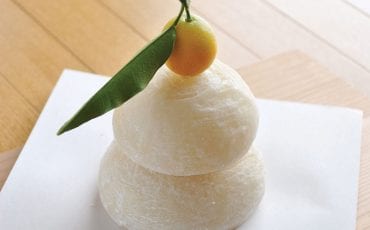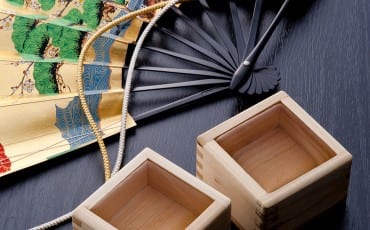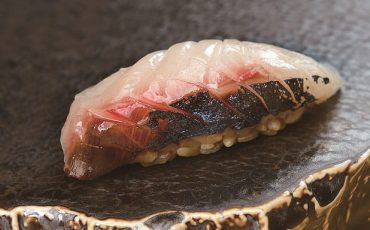Articles
Features
Jan 9, 2019
Eat and rest well in the Aichi Highlands
Must-eats in Aichikogen-Okumikawa
Symbolic rice and miso come together as one in gohei-mochi; remember to try the region’s signature ayu fish too.
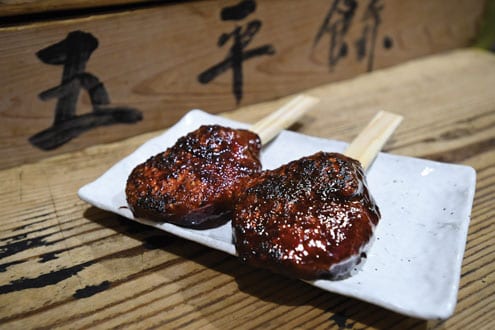
glazed gohei-mochi
In Japanese cuisine, rice is more than a meal staple. Cultivated in Japan for 2,000 years, the grain also has much financial, historical and cultural significance. In the past, rice was used as a currency (or as tax money for farmers). Today, Japan’s most important crop isn’t only eaten during meals; it is used in a myriad products, from sakes to vinegars.
It’s no wonder that there’s the Otaue Matsuri or “rice field planting festival”. Celebrated in spring to mark the start of a new year, this sees the Japanese praying for a successful harvest. In some versions of the festival, seeds are planted in fields while in others, the planting process is acted out. Then, when autumn arrives, harvest festivals are held to give thanks, too.
Japanese rice, a short translucent grain that turns sticky when cooked, is grown in the country’s valleys, terraces and fields, with terraced rice plantations being one of the rarer sights. The Yotsuya Senmaida fields in Aichi Prefecture is famous for having more than 1,000 “steps” and produces the grains for some of the region’s signature rice cakes or gohei-mochi.
If you do visit Aichikogen-Okumikawa, have this as your main meal or as a snack. Resembling a big lollipop, this rice cake is grilled on a skewer and glazed with sesame or miso paste, or even topped with crushed walnuts. One of the traditional shops serving this is Matsuya, which has been around since 1935 and sells
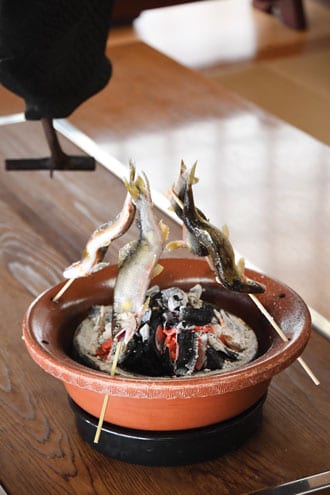
grilled ayu fish skewers
300 gohei-mochi every day on weekends. Owner Yachie Maruyama pounds the rice by hand, uses a secret recipe for her miso paste and grills the cakes over a charcoal fire.
Miso paste is another example of a Japanese diet staple. Once reserved for nobles and monks, miso, which has health benefits like preventing gastric disorders and lowering blood pressure, is made from fermented soybeans. It is now most commonly used in soups that are best paired with steaming hot Japanese rice for a simple yet comforting meal, or on gohei-mochi as a sweet, robust seasoning.
Besides miso-paste gohei-mochi, Aichikogen-Okumikawa is known for the freshwater ayu fish, which can be eaten at restaurants like Chiyohimeso. A skewer is pierced into the fish mouth and through its body before it is cooked over charcoal. Although ayu fish can be stewed in soya sauce and sugar, the locals like it best grilled in its own deliciously briny oils. We can’t agree more.





